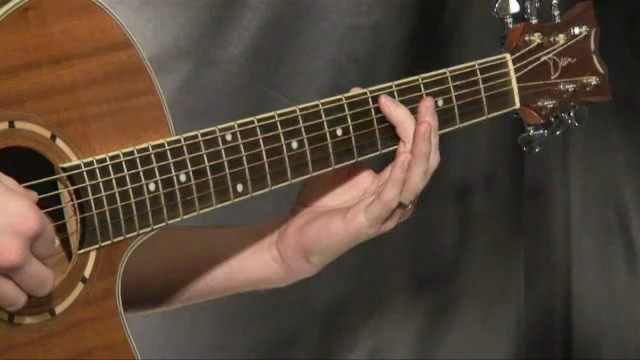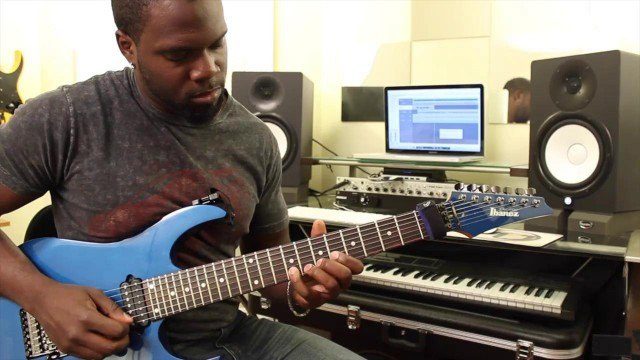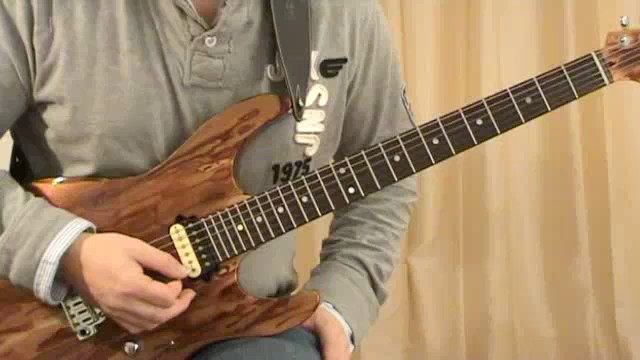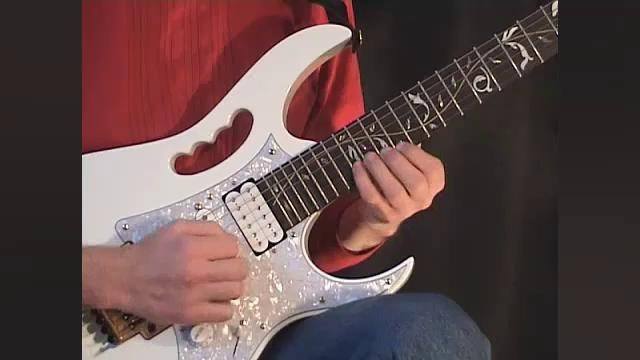Strumming Patterns
What a strumming pattern is in essence, is the pattern in which your pick strikes multiple strings, consisting of downward and upward motions. The concept is actually quite simple, but without breaking down the actual motions from a rhythmic perspective, many people find themselves lost or developing bad habits.
The main thing to keep in mind is that once we find the natural flow or rhythm of a song, our right hand should accurately follow this rhythm - just remember that our right hand strumming motion will ALWAYS be "down, up, down, up". Patterns will basically consist of removing certain strokes and accenting others. So to get a grasp on what I'm yammering on about, let's try some examples.
Exercise 1 consists of 4 down strums repeated two times. Count out loud; "One, two, three, four", and then join in with strumming down, down, down, down (repeat this pattern twice).
Exercise 2 consists of the same four down strums in the exact same place, except as we lift our right hand after each down strum, we'll strum upwards, as well. This is the really important distinction between quarter notes and eighth notes that must be made early on. By including up-strums, we're merely dividing the rhythms, not adding to the four existing quarter notes. For example:
| 1 | 2 | 3 | 4 | ||||
| 1 | & | 2 | & | 3 | & | 4 | & |
Each quarter still falls in the same place, but the extra strum occurs during the upward pick motion after each down beat (1, 2, 3, 4).
I digress...
For this one, the pre-count will be "One and two and three and four and". Make sure the rhythm is equal and steady all around.
Finally, Exercise 3. Now that we have a firm grasp on the down, up motion, let's try mixing things up. The rhythm for this exercise is "One, two, three and four and" (1 2 3&4&). So this means we'll be strumming down for the first two beats (1, 2), and then down, up, down, up through the second half (3&4&). So: down, down, down up down up.
| 1 | 2 | 3 | 4 | ||||
| 1 | 2 | 3 | & | 4 | & |
The relationship between the motion of the strum and the count is imperative to grasp. Hearing rhythms in "numbers" will be a full-proof way of being able to recognize strumming patterns within songs and apply them to the guitar.



















